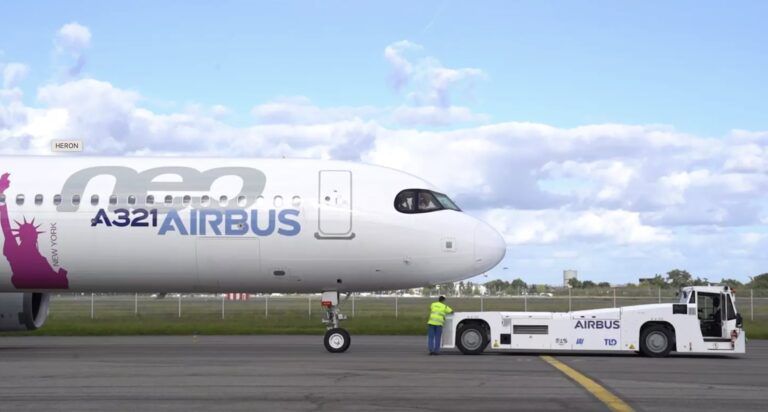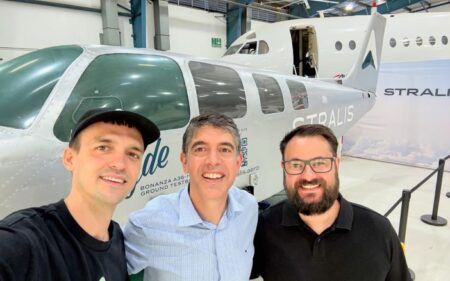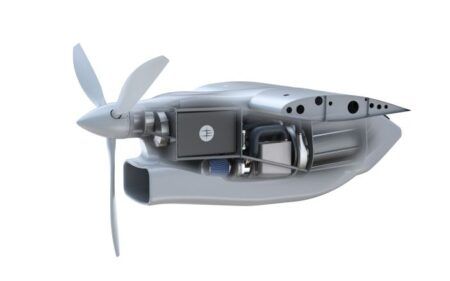Airbus is conducting flight tests as part of a European project to deploy fuel efficient flight operations and procedures
The three year HERON (Highly Efficient gReen OperatioNs) project’s goal is to demonstrate flight and air traffic procedures that increase fuel efficiency and help decarbonize commercial aviation.
HERON is the successor to the ALBATROSS project, which performed a series of gate-to-gate live trials across Europe for fuel-efficient flights. ALBATROSS brought together innovations such as optimized flight operations from climb-out to the descent for landing, followed by hybrid assistance for aircraft movements on the ground.
With HERON, engineers aim to further pursue the deployment of already-mature solutions. These include on-ground aircraft operations such as taxiing without the use of engines for momentum and the optimization of airplane movements at airports by avoiding unnecessary waiting times on taxiways and at parking stands.
It will include the Green Apron Management demonstration, which uses sensors and artificial intelligence for more predictable and efficient aircraft handling during airport stopovers.
For airborne operations, one of the HERON work packages will improve ATC management of in-flight trajectories through enhanced network coordination. Another work package will see the implementation of smoother, more continuous descent profiles as aircraft near their destinations, which will involve flights into airports in Brussels, Istanbul, Warsaw, Calvi and Saint-Nazaire.
HERON is part of the Single European Sky ATM Research (SESAR) Programme Joint Undertaking, which coordinates and concentrates all European Union research and development activities in air traffic management.
Joining Airbus in the three-year HERON program are 25 partners across 10 countries, representing the full aviation ecosystem including airlines, airports, air traffic control agencies and air navigation service providers (ANSPs).
Participating ANSPs are developing new and optimized approaches procedures and demonstrating air-ground coordination Trajectory Based Operations (TBO).
The current ATM environment based on static flight plans is evolving towards TBO in order to improve Airports and ATM Network performance.
In the execution phase, major elements to feed an accurate and reliable trajectory prediction can be provided by the aircraft itself and shared in real time. The HERON project will look at ways to reduce flight delays, fuel burn and CO2 emissions via enabling continuous descent operation, reducing undue vectoring and optimizing trajectories.
Demonstrations are covering mainline aircraft with Airbus and Boeing aircraft operators with at least six airlines, five Airports, eight ANSPs, seven type of operations covered. Flight testing is expected to last several months, with data from more than 1000 flights collected.





